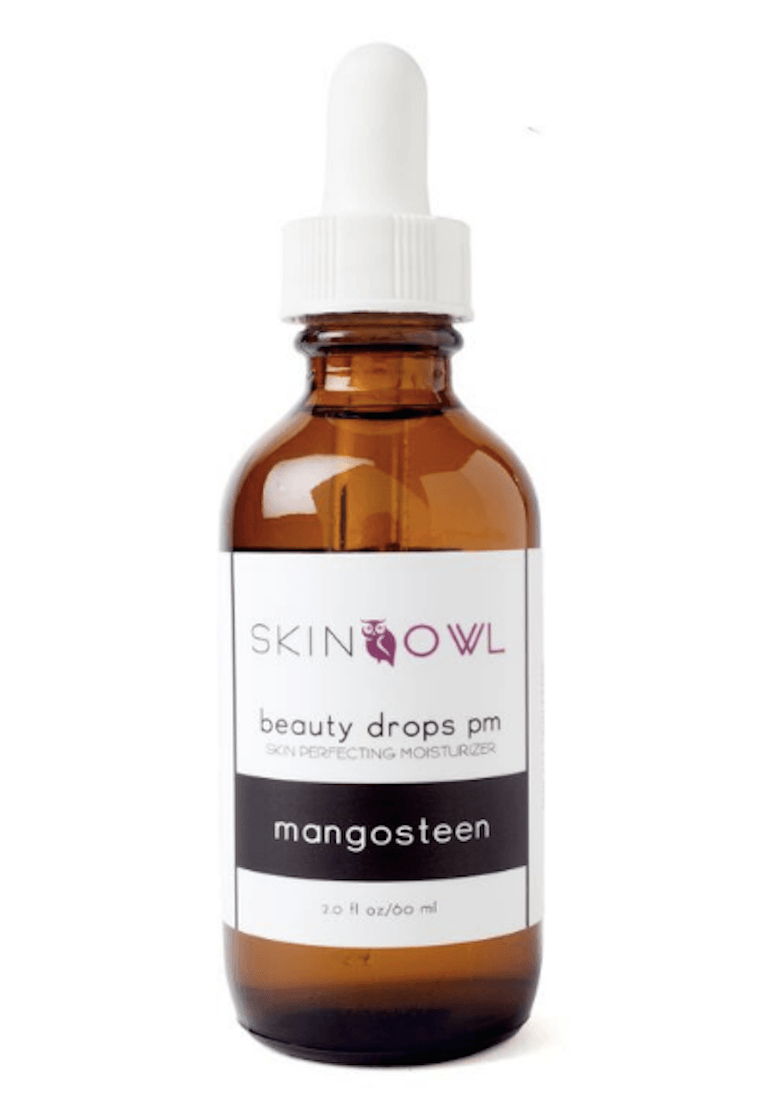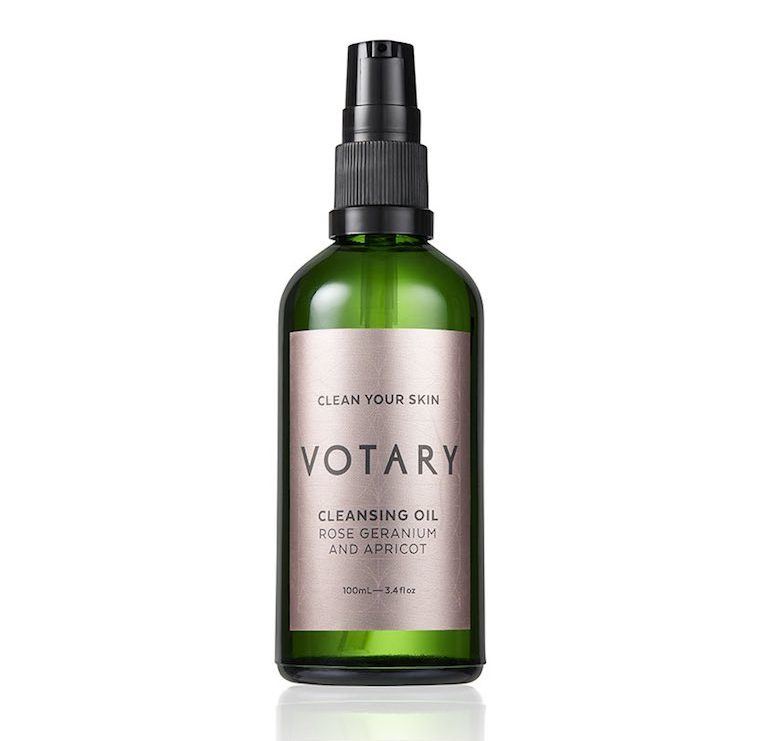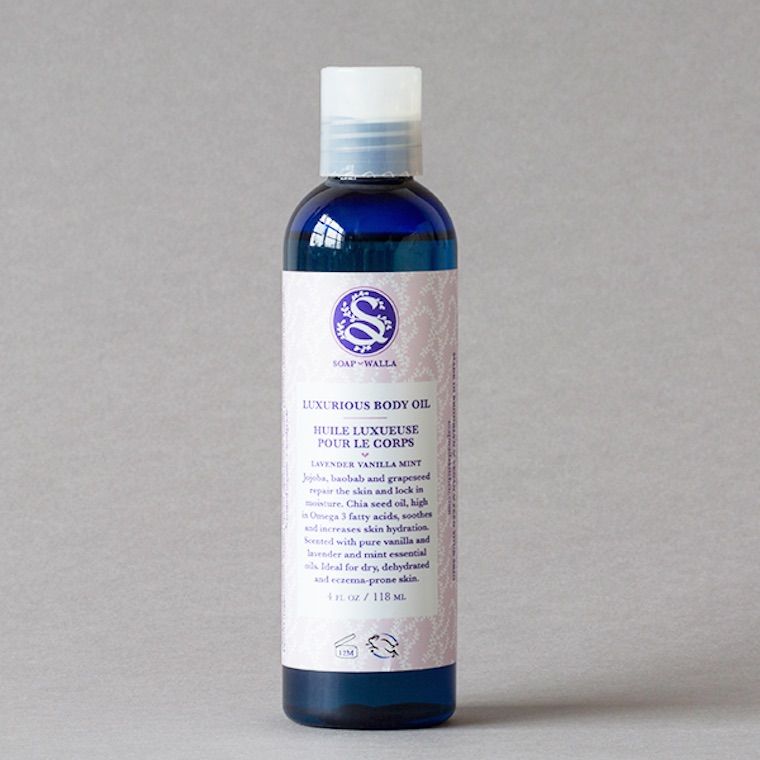I Used Face Oils for Acne for a Month and This Is What Happened
Until recently I counted myself among the large percentage of the population who believe that oil-based skin-care products would make me majorly break out. Logically, it makes sense—oil plus oil equals more oil—and therefore tons of acne, right? Actually, majorly wrong.
So when I was assigned to use facial oils and only oils for a month for this story, my sensitive, very acne-prone skin and I got very nervous.
Reading about (the amazing) effects of oils on acne-prone and combination skin, particularly for a healthy glow, was pretty tantalizing, however. And I said to myself I could always go back to my regular acne-fighting beauty habits—benzoyl peroxide and all—in 30 days. But it turns out I didn't, and probably never will.
Here's what happened when I switched from acne-fighters and moisturizers to facial oils for a month—and five key things I learned...
1. Plant-based facial oils are "a multivitamin for your skin."
I learned this gem from Soapwalla's founder Rachel Winard. Oils like grapeseed, rose hip seed, and mangosteen are packed with antioxidants, fatty acids, and vitamins. This kind of pure nourishment and hydration, she says, contributes to great skin health (and a glow).
2. Your skin knows what to do with oils.
"Your body tends to just soak up oils in a way that isn't the same with lotion and creams," says Winard. That's because of the oil's (often) smaller molecule size; they absorb and get to work, versus when a cream just creates a moisture layer on top.

{{post.sponsorText}}
3. Oils can help keep your own oil flowing—instead of clogging.
The idea with using oils on breakout-prone skin is that they actually help balance your skin's sebum (oil) production, and help your skin's own oil flow more freely (instead of clogging in the pore). That's a totally different tactic than what bacteria-busting products do. I definitely put this one to the test...
What's wrong with moisturizers? Nothing, but they're often an oil blended with other ingredients you don't necessarily need.
4. Oils can be more effective than a moisturizer.
Love moisturizers, but they're typically a combo of oil and water, and these two need a lot of help keeping their relationship alive: an emulsifier to make sure they stay together and blended, plus a preservative (because bacteria loves water). And of the four things, you kinda just need the oil.
5. Oil cleansers work on the "like attracts like" principle.
Oil pulls oil away from your skin; water-based cleansers don't quite have the same grab-and-go action on your grime.
My month-long facial oil experiment. Here's what I used and what worked:

For my facial oil, I went straight for SkinOwl Mangosteen Beauty Drops PM ($85), because I was totally inspired by founder Annie Tevelin's discovery of the fruit that cleared up her cystic acne (the type I get every month).
I'd been using benzyl peroxide and salicylic acid products to fight my acne. But all that did was severely dehydrate my skin and cause my pimples to become even slower to heal and disappear. And yet I was also scared to stop using them. The cost for a bottle of SkinOwl was higher than I was hoping to spend, but I only needed 3-4 drops to cover my entire face. I dabbed it on at night, and my skin literally drank it up, like coconut water after boot camp.
Amazingly, I could see a difference in my skin after the first time I used facial oils. It was the opposite of a hangover—like waking up after a night during which my skin had just chugged tons and tons of vitamins. My skin felt hydrated and soft to the touch. It looked much more even in tone, and my dry patches were somewhat soothed. Even a few wrinkles that had started to creep up were restored to plumpness.
Amazingly, I could see a difference the first time I used oils. It was the opposite of a hangover—like waking up after a night during which my skin had just chugged tons of vitamins.
Over the month, my skin continued in this healthy new direction. I started to experience the natural dewiness I'd heard about from others obsessed with oils, but I honestly never thought would apply to me. But now I was flirting with actual glowy radiance.
The most exciting thing? My cystic acne started to calm down and go through its healing process much faster than it had before. It was turning into whiteheads after about a day rather than staying underneath the skin (and taunting me for a week or more). This was major.

To wash my face, I used Votary Cleansing Oil ($72), which uses grapeseed and jojoba oil (based on Winard's advice that my pimple-prone skin would respond well to them), plus rose geranium oil, which helps regulate oil production. When you use an oil cleanser, it's grabbing onto the dirt and oil lurking on your skin without stripping it dry. Dryness can signal your skin to make more oil, BTW. You simply rub a few drops of the amazing-smelling oils onto your skin in little circles when your skin is dry. As is the case with the Votary cleanser, some oil cleansers advise you to remove with a hot towel—which basically turns your face washing routine into a very pleasant (yet short) spa-like ritual.

As for a body oil, I really had to commit to hydrating everything below my neck for the first time. I was thinking how every model on a Fashion Week catwalk slathers on body oil for an immediate glow, but my (mere mortal) skin benefited from even more than that over time. Winard's Soapwalla Lavender Vanilla Mint Luxurious Body Oil ($32), kicked off a kind of skin renewal. Your plump skin glistens with 24-7 hydration, nothing is itchy or ashy, and your muscles even look more defined. This is a whole new game.
Want to understand where your acne is coming from? This is how to "read" your face to decipher the cause of a breakout. And to keep them at bay—this is the Ayurvedic way to get rid of a pimple.
Loading More Posts...